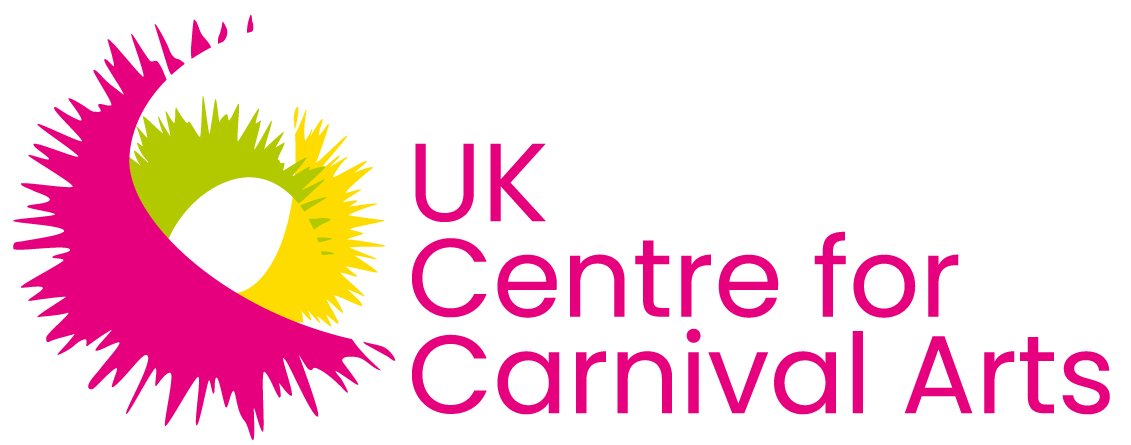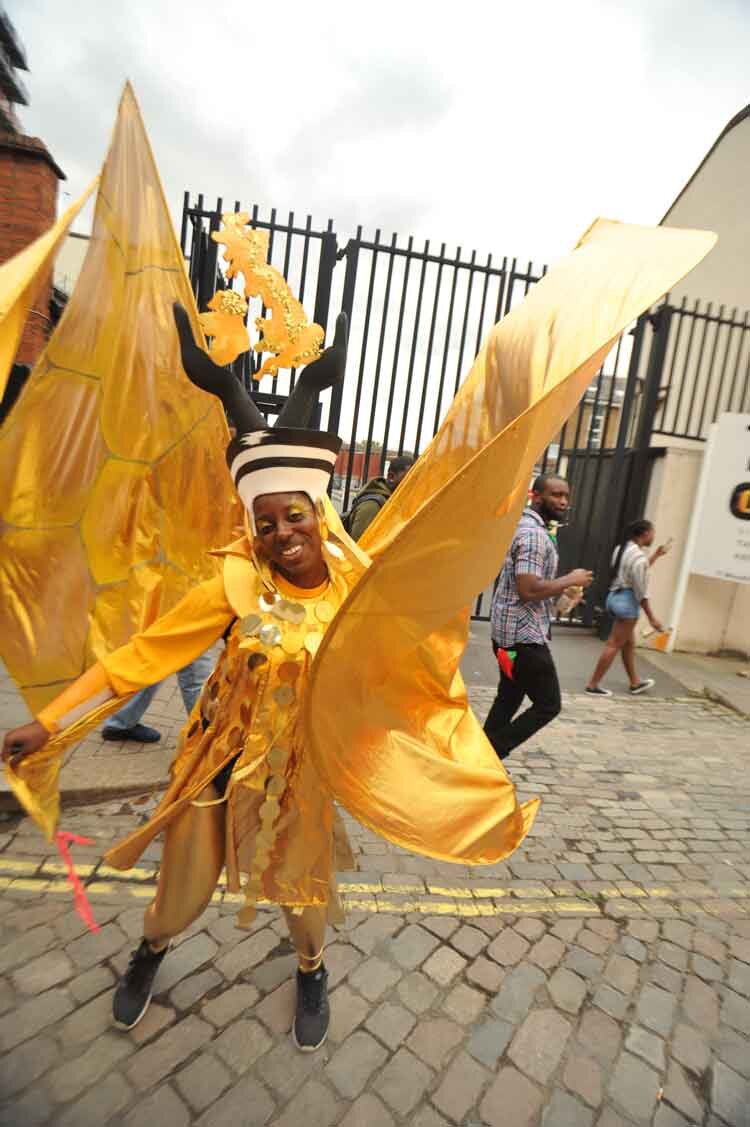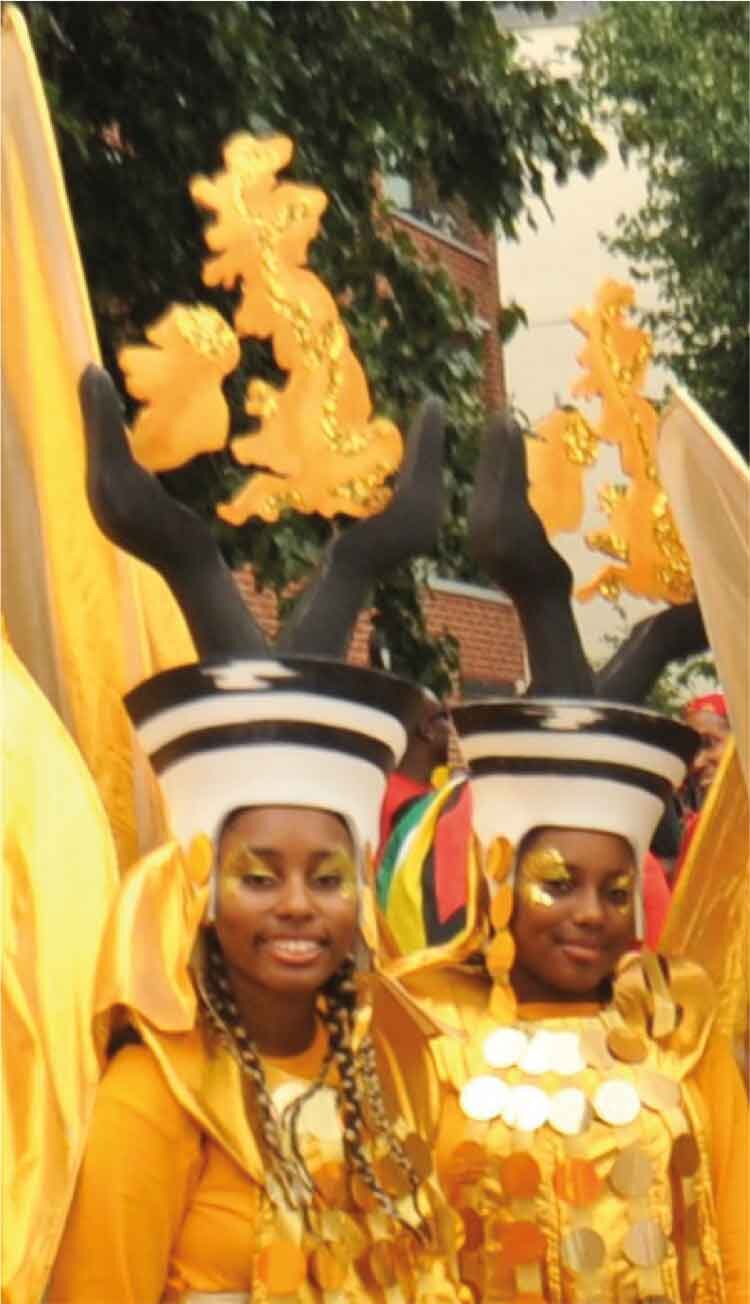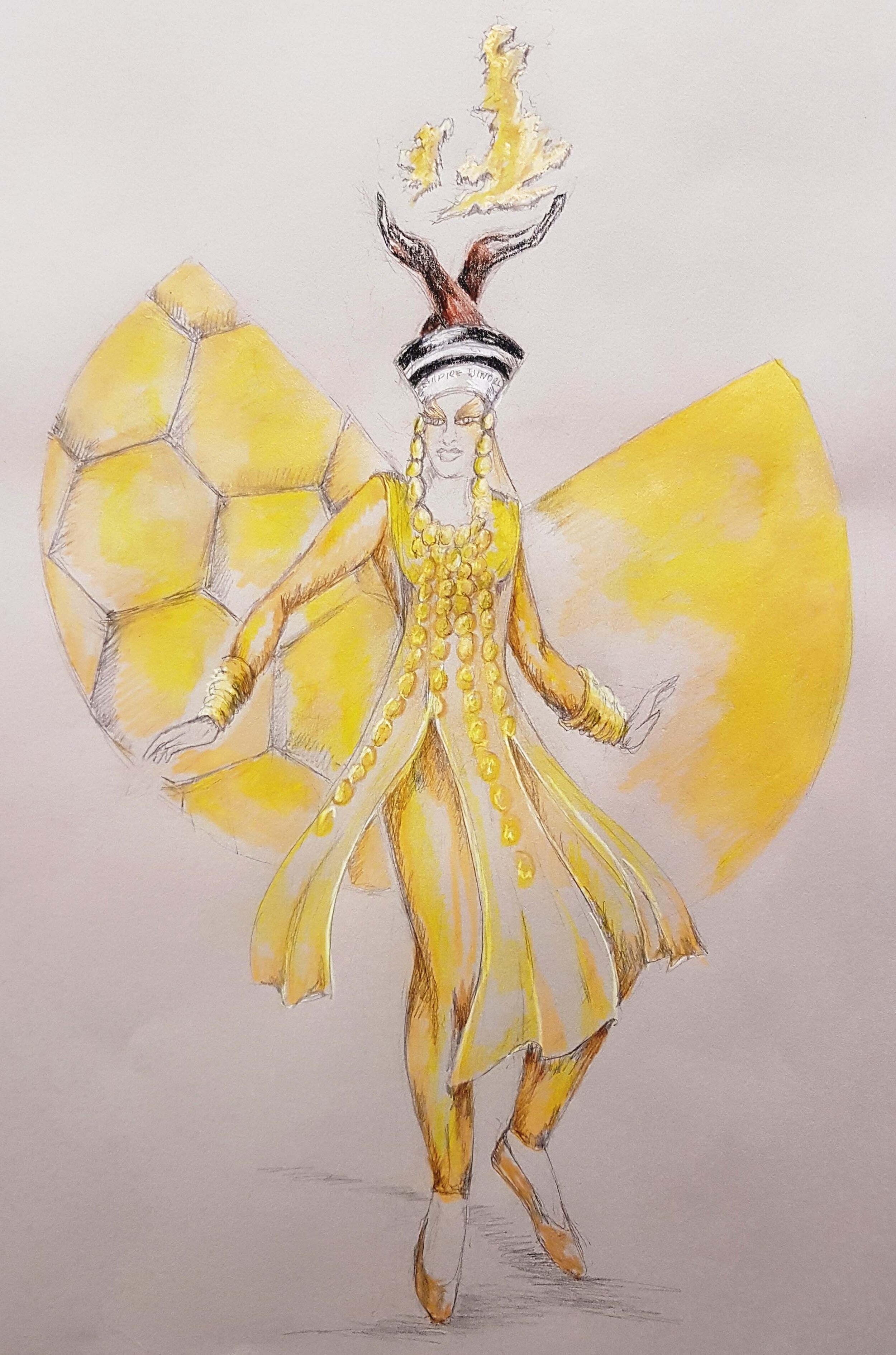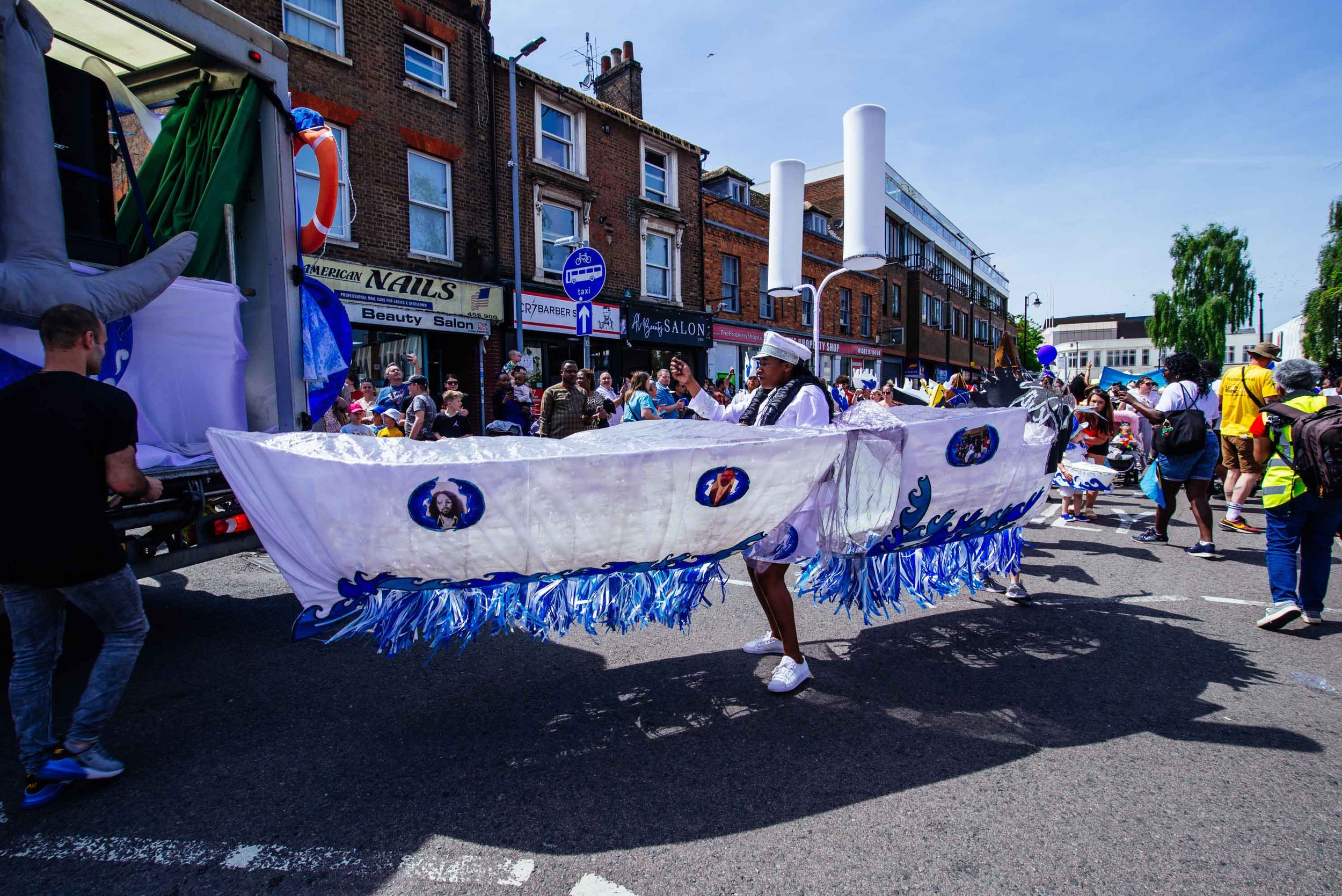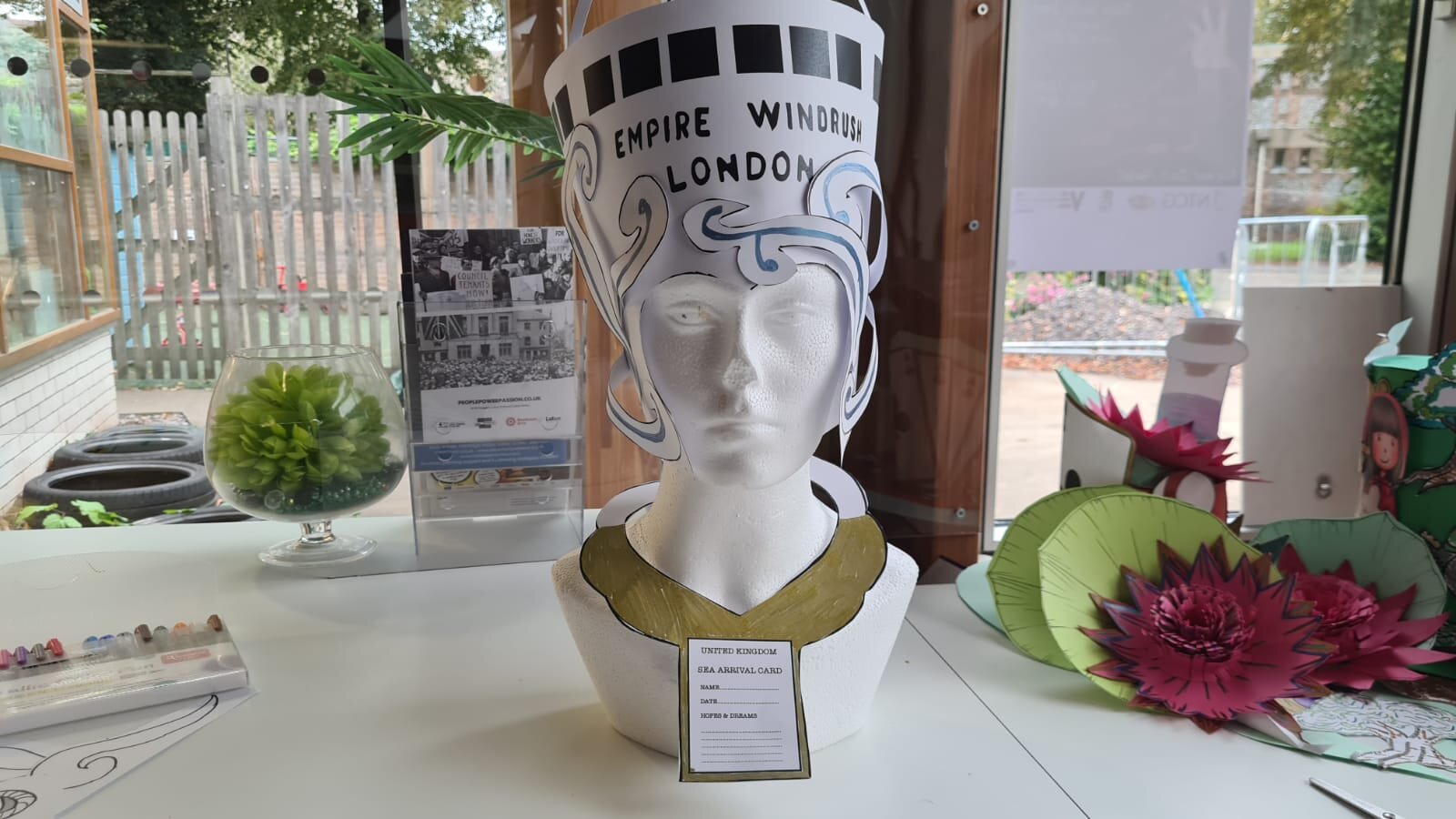The Windrush Generation
Some of you may have heard The Windrush story or been a part of it; however, along with the history, here are a few unknown facts.
The Windrush was a German passenger liner given to the UK as war reparation in 1945. 1027 migrants were on the Windrush which arrived at Tilbury Docks, in Essex, in June 1948.
The Empire Windrush
The majority being from Jamaica and mostly men, alongside those travelling from the Caribbean were members of the RAF returning from leave or veterans re-joining the service, and people from Britain, also Polish nationals displaced by World War II.
The majority of people on the Windrush arrived in Britain with a skill or trade. Some people came here intending to become better educated and stay for about five years; however, some never returned to their homeland.
It is important to remember that these men and women made the trip in response to the British Government’s invitation to help in the post-war rebuilding effort.
When they arrived they didn’t always get the friendly welcome they had hoped for. Many of them experienced racism and discrimination and often found it hard to get a proper home to live in, jobs and to make friends with British people.
20 years after the arrival of the first wave of Windrush pioneers in June 1948, the records show that almost 200,000 migrants from the Caribbean region responded to the invitation, taking up work in factories, transport system, and construction sector rebuilding homes and offices destroyed by Nazi bombs during World War II.
In the case of nurses, midwives and other care staff, there was also an active invitation from the British government to come to England and help staff the newly formed National Health Service (formed in 1948).
These are the people who came to the UK from the Caribbean region to strengthen the local workforce; these are the people we are remembering when we speak of the Windrush generation.
Luton Carnival Roots
Luton has hosted parades since the 1400s, but in 1976 the Windrush Generation introduced the Caribbean carnival flavour to Luton.
Undeniably the group that pathed the way in Luton Carnival are St Kitts, Nevis & Friends Carnival Group (SKNAF).
In 1984, the late George Richards and other friends from St Kitts and Nevis came together to form St Kitts, Nevis and Friends Association (SKNAF). Activities of the Association grew into its involvement with the Luton International Carnival.
Carnival was a key pastime and annual event for those from the Caribbean and an area in which the Association could benefit its members and share their costume design and construction skills with others.
The SKNAF carnival group has been led for many years by Mrs Margaret Matthew aka Auntie Margaret, pictured here at Luton International Carnival in 2019 with her Windrush suitcase.
St Kitts, Nevis and Friends carnival group continues to be an active participant in the Luton International Carnival.
Click here more information about St Kitts, Nevis and Friends Carnival Group
Revellers Steelband took inspiration from the Empire Windrush ship to play a medley for Luton International Carnival judges in 2016. Their theme 'Luton is the Place for me’ about migration to Luton from the Caribbean and beyond. Click here for more information about Revellers Steelband
Worth Their Weight in Gold
Caribbean communities were already very diverse - and brought with them musical influences from Latin America, Africa and Asia, all having a significant impact musically on the UK. Many musicians come with jazz, blues, gospel music, and Latin music when the UK music scene was primarily swing-based and dance bands.
Many of the styles you listen to today have roots in the fusion of Jamaican reggae and British music, developing genres such as drum and bass and dubstep.
Artist Lord Shawty coined ‘soca’ (Soul of Calypso) to revive traditional Trinidadian and Tobagan calypso music in the 1970’s. By the 1980s, soca had evolved into a range of styles, and it was popular in Britain to sample calypso and other Caribbean beats and rhythms into tracks.
This sampling style continued to inspire artists in the years to come and lay the foundations for many electronic styles such as dancehall, UK garage, jungle, ragga and hip hop.
In the early 2000s, London grime artists such as Dizzee Rascal, Stormzy and Lethal Bizzle encompassed many of these styles and revolutionised the British rap scene.
Following the British Nationality Act 1948, everyone who was a British subject (UK or British colony born) was granted the right to settle in the UK. This meant that the Windrush Generation did not need any documents to prove their legal immigration status and were not given any following changes in immigration laws in the
early 1970s. Despite this, cases of wrongful detainment, deportation and denial of benefits to British people - a majority from the Windrush Generation started surfacing in 2018.
In 2018 ‘Windrush: A Celebration’ showcased pan-Caribbean and British performances featuring artists such as Calypso Rose and GAIKA - to mark the 70th anniversary of Windrush, just as the scandal was unfolding.
It was a celebration, but at the same time highlighted the reality of 70 years of Windrush being one of trauma, difficulty, racism and revolutionary behaviour. But most would argue the seismic impact of the Windrush Generation has sculpted post-imperial British culture.
You could say that black hands hold up the UK. The Windrush Generation are worth their weight in gold!
